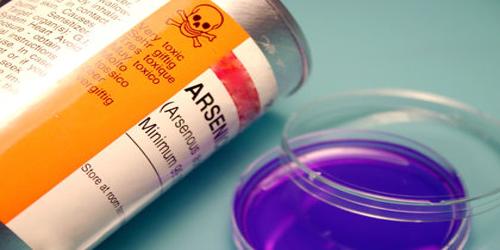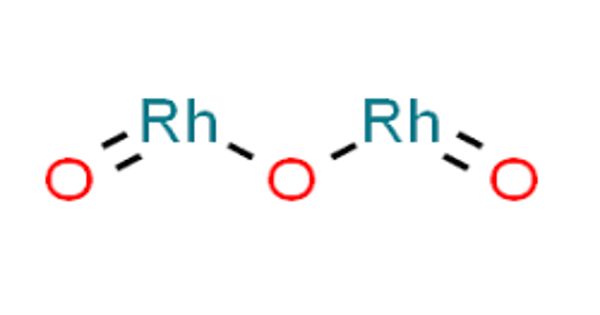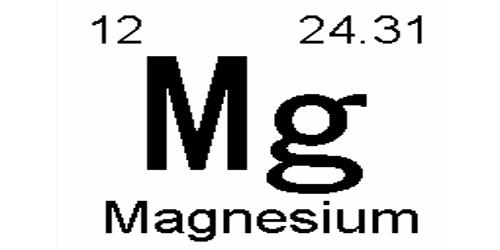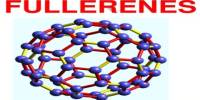Arsenic is highly toxic in its inorganic form. Contaminated water used for drinking, food preparation and irrigation of food crops poses the greatest threat to public health from arsenic. Long-term exposure to arsenic from drinking-water and food can cause cancer and skin lesions. Arsenic is a heavy metal that exists in 3 metallic forms, alpha or yellow, beta or black and gamma or grey. Arsenic occurs in many minerals, usually in combination with sulfur and metals, but also as a pure elemental crystal. It is a metalloid. It shares many toxic features with the other heavy metals like mercury and lead. It is used in the production of glass and semiconductors. It is found in some water supplies and seafood.
The most deadly form of arsenic is arsine. It is a gas with the formula AsH3. It has been suggested as a possible weapon to be used by terrorists. Organic arsenic compounds are often called arsines. The simplest is triphenylarsine with a formula As (C6H5) 3. Arsine is used in the manufacture of semiconductors and the manufacture of organic arsines.
Chemical reactions of the elements
Reaction of arsenic with air
It is stable in dry air, but the surface oxidizes slowly in moist air to give a bronze tarnish and finally a black covering to the element. When heated in air, arsenic ignites “arsenic trioxide” – actually tetra arsenic hexaoxide, As4O6. This is accompanied by phosphorescence under some conditions. When heated in oxygen, arsenic ignites in oxygen to form “arsenic pentoxide” – actually tetra arsenic decaoxide, As4O10, and As4O6.
4As(s) + 5O2(g) → As4O10(s)
4As(s) + 3O2(g) → As4O6(s)
Reaction of arsenic with water
When heated in oxygen gas, arsenic binds with oxygen to form tetraarsenic decaoxide, or arsenious oxide. Reaction of Arsenic with halogens: Arsenic reacts well with halogens with the exception of astatine. Arsenic pentafluoride is a highly toxic colorless gas.
Arsenic does not react with water in the absence of air under normal conditions.
Reaction of arsenic with the halogens
It reacts with fluorine, F2, to form the gas pentafluoride arsenic (V) fluoride.
2As(s) + 5F2(g) → 2 AsF5 (g) [colorless]
It reacts under controlled conditions with the halogens fluorine, F2, chlorine, Cl2, bromine, Br2, and iodine, I2, to form the respective trihalides arsenic (III) fluoride, AsF3, arsenic (III) chloride, AsCl3, arsenic (III) bromide, AsBr3, and arsenic (III) iodide, AsI3.
2As(s) + 3F2(g) → 2AsF3(l) [colorless]
2As(s) + 3Cl2(g) → 2AsCl3(l) [colorless]
2As(s) + 3Br2(g) → 2AsBr3(s) [pale yellow]
2As(s) + 3I2(g) → 2AsI3(s)
Reaction of arsenic with air
It is stable in dry air, but the surface oxidizes slowly in moist air to give a bronze tarnish and finally a black covering to the element. When heated in air, arsenic ignites “arsenic trioxide” – actually tetraarsenic hexaoxide, As4O6. This is accompanied by phosphorescence under some conditions. When heated in oxygen, arsenic ignites in oxygen to form “arsenic pentoxide” – actually tetraarsenic decaoxide, As4O10, and As4O6.
4As(s) + 5O2(g) → As4O10(s)
4As(s) + 3O2(g) → As4O6(s)
Information Source:
















